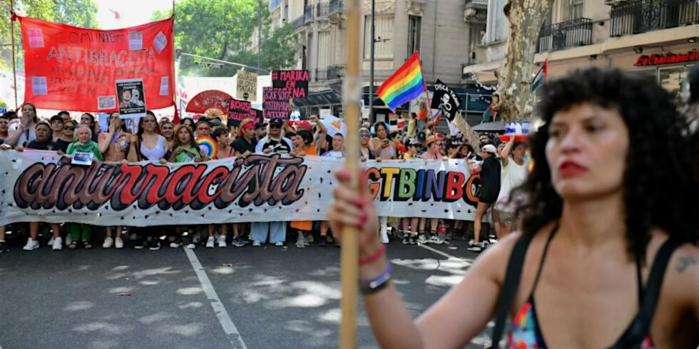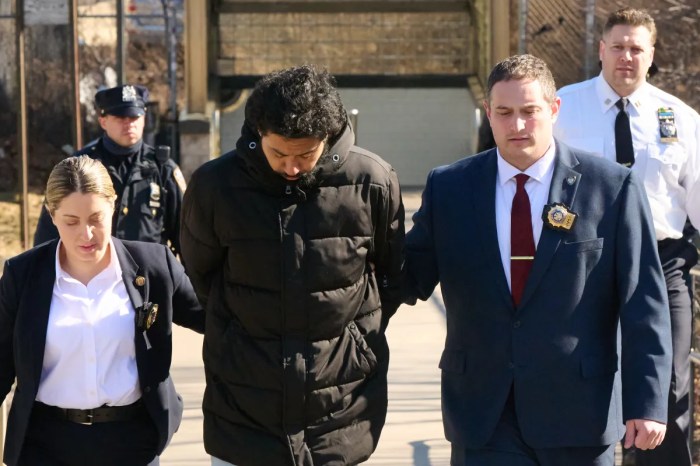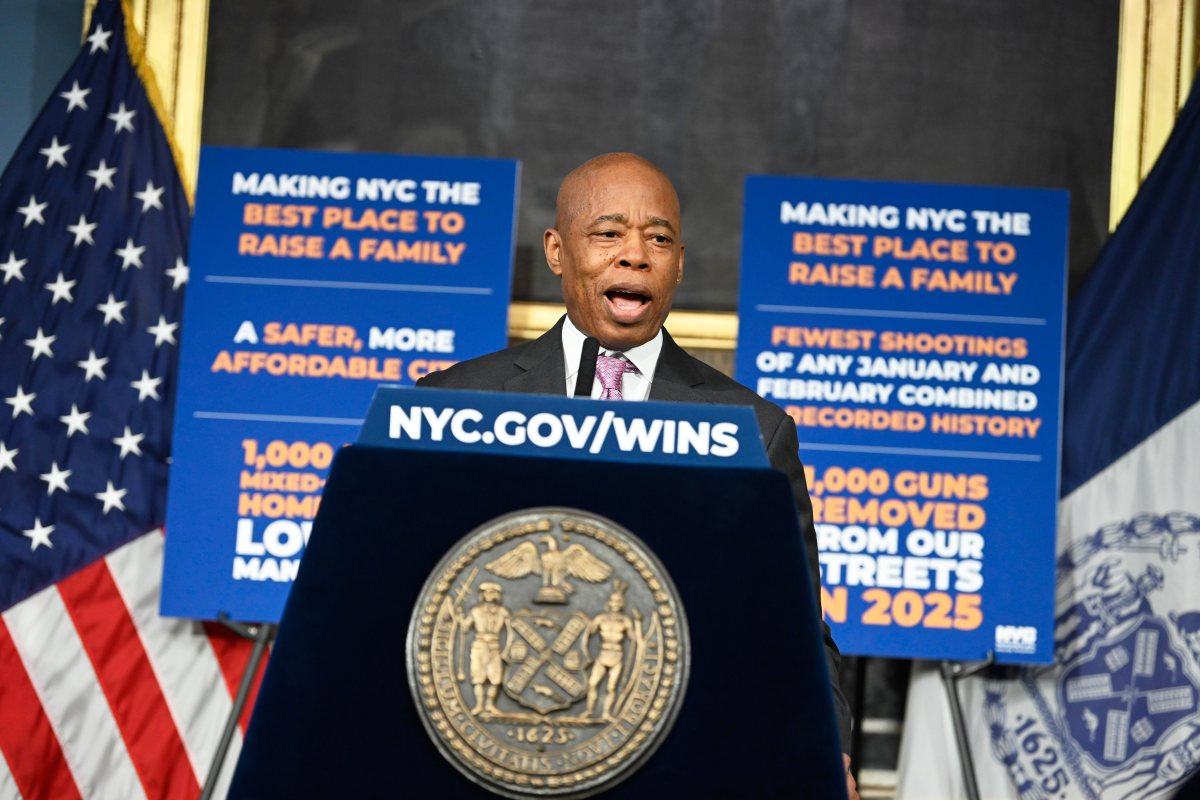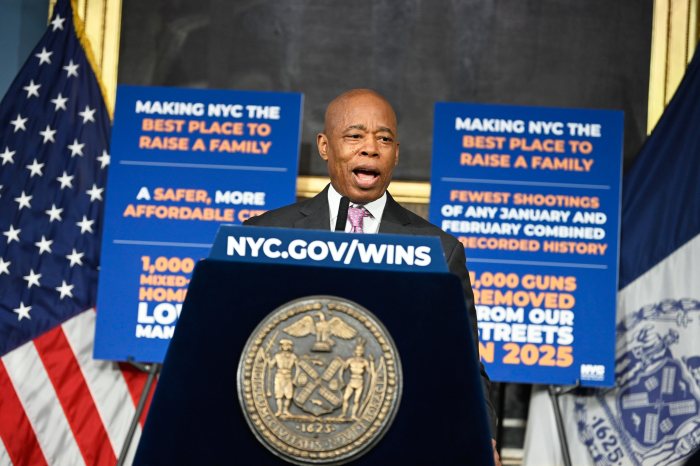This month marks the 10th anniversary of Campaign for Communities, which created a coalition of Latino, African American, low-income and environmental organizations working to educate, register and turn out voters using environmental issues as motivation. During the 2004 and 2008 election cycles, we registered hundreds of thousands of voters and turned out more — all of whom were educated as to how their health was at risk from environmental issues and how to analyze candidates’ records. Most recently, we conducted an on-the-ground Latino voter education/registration/turnout on California’s Prop. 39, which passed handily and with no small credit going to Latinos, African Americans and other minorities who voted in higher numbers than whites.
Our initial effort was a breakthrough. Before then, no coalition of national black, brown and environmental groups had ever been formed to work on voter education. At the time, few Latino or African American organizations were singularly focused on environmental issues. While minority-led environmental justice groups had long existed, most were focused on environmental health issues. None were focused on voter education and making the environment a major voting issue.
When we began, we suffered no illusions. We knew that jobs, education, immigration and other issues would initially trump environment, an issue never fully translated to minority populations. Our initial attempts to create environmental educational materials that would resonate with minority voters produced limited results. But we found common ground and our coalition produced long-term friendships and shared history.
At first, there wasn’t much polling on how Latinos or African Americans would vote on environmental issues or whether they would vote for candidates based on environmental records. Little money was being spent on minority voter persuasion regarding environmental issues — odd, given the disproportionate impact environmental issues have had on minority and poor communities and how easy it would have been to make that case. Never mind that census data made it clear that in many states, minorities would soon be in the majority or in election-significant numbers and therefore worth long-term investment.
For 10 years, minorities have repeatedly proved themselves reliable voters for health, environment and infrastructure investment initiatives and for candidates who support them. Across the spectrum of issues, Latinos and African Americans vote in higher percentages that their white counterparts for environmental initiatives and for green candidates.
Beyond consistent pro-environment voting, African American, Latino and other organizations now include environment and environmental health-related issues. Some polls indicate that minority voters’ concern about climate change is almost double that of whites. Minority-rights-focused organizations now invest in environmental staff; training young environmental scientists, conducting their own research on climate issues; fighting for their fair share of the green jobs market; and playing an important role in solar energy investments in their communities.
Despite these pro-environment voter statistics and community environmental programs, year-round investment in educating and turning minority voters into permanent climate/environment voters still lags behind investments in other demographics. While large-scale voter registration efforts always materialize during major election cycles, few leave a permanent infrastructure behind. And with few exceptions, none are focused on creating permanent active environment voters.
While there have been advancements in strengthening relationships between environmental and civil rights organizations, creating a vibrant, diversified climate or environmental voter constituency requires continual investment in voter registration and education. Environment and climate issues are key concerns for both minority and youth voters. Give them a green reason to vote and they will turn out.
Beyond this voter engagement investment, building a permanent minority-owned and environment-focused infrastructure in communities of color will embolden community leaders and officials to take more leadership in the climate change movement. Certainly, communities of color have been and will continue to be more adversely affected by climate disasters than other demographics, so building a constituency that can respond to climate disasters is a key to building resilient communities.
Low-income communities are anxious to invest in efficiency and renewable energy programs, but are stymied for a number of reasons, including financing, access and other factors. For example, while solar rooftops have grown exponentially in southern California, FICO credit score requirements exclude many low-income families, and even if they qualify, their smaller homes are not given priority by private sector installers. These types of issues exist nationwide and need to be solved.
Finally, building a permanent integrated environmental/climate movement requires investment in the next generation of green voters, including supporting minority and low-income students to enter the green technology and STEM fields. Finally, investment in low-income schools through greening and efficiency projects, and requiring core curriculum compatible environmental and civic education will keep the movement growing.
Investment in minority and low-income voters has produced stunning environmental voter conversion rates despite low investment in voter education and infrastructure development. With 2014 environmental initiatives on the horizon, building an environmental voting bloc should be our highest priority.
—————————–
Kathleen Rogers, president, Earth Day Network
Greg Moore, executive director of the NAACP National Voter Fund
Antonio Gonzalez is president of the Southwest Voter Registration Education Project (SVREP). SVREP, founded in 1974, is the largest and oldest nonpartisan Latino voter organization.






















